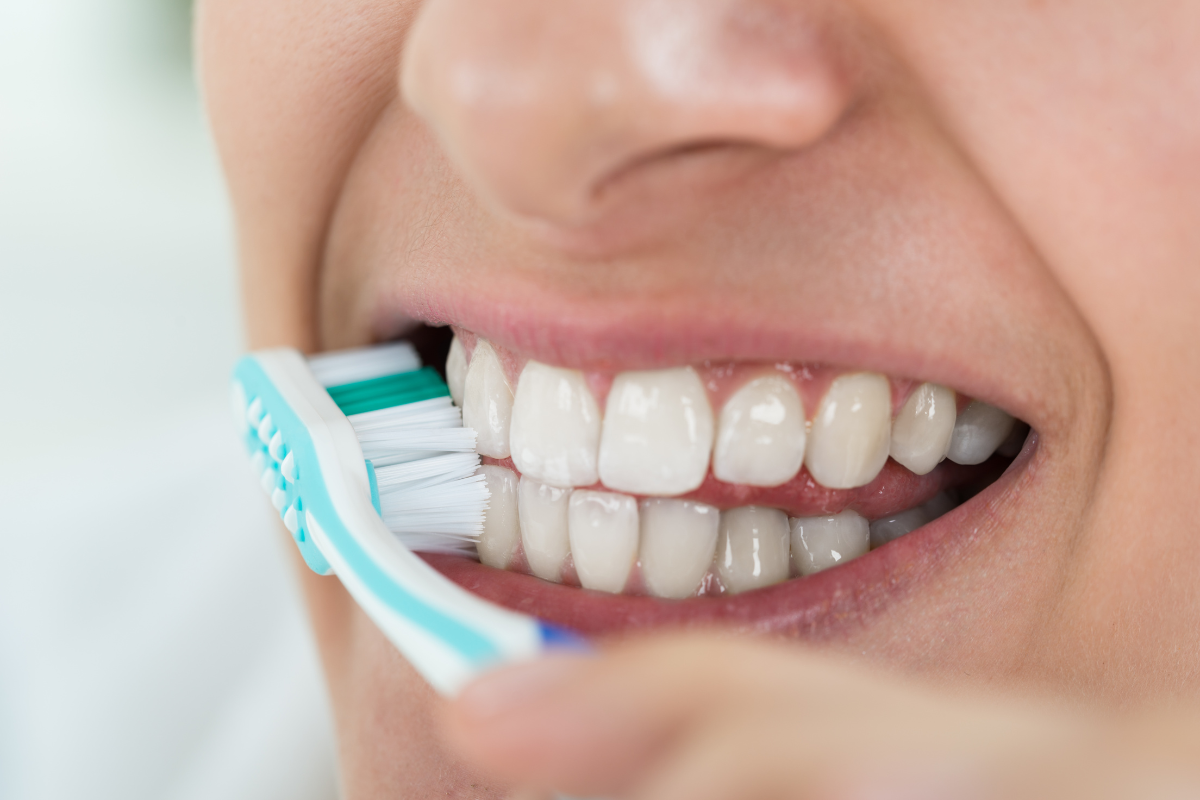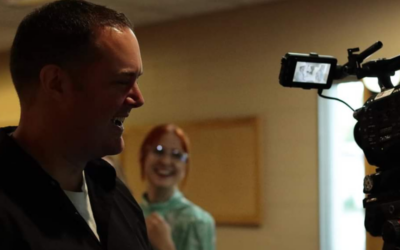Maybe tooth brushing isn’t something you think about very often – you just do it every day when you wake up and before bed. It’s no more special than washing your hands.
But, have you ever stopped to think about how your ancestors cleaned their teeth? Are tooth-cleaning rituals a recent invention? The short answer is no, but the way people cleaned their teeth before modern times differs greatly from the brush-and-paste we use nowadays.
Before humans brushed plaque away, they chewed plaque away. According to Dr. K. Almas, humans as far back as 7000 BC would chew on several different types of sticks fabricated from plant materials such as roots or branches in order to clean their teeth. The plant materials they used varied from culture to culture, but the way the sticks were used was generally the same.
This type of technology was used throughout what’s now known as Egypt, Israel, and Asia (including the Middle East). The sticks would either be chewed on as one chews on gum, or would be gnawed into strands at one end and used for actual brushing. While some insist that the way they’re used to brush alone is better than a standard toothbrush for removing plaque, Dr. Almas’ studies did not show that any of the most common sticks used had significant antimicrobial qualities. The use of these sticks spread throughout Asia and Africa, but their usage was unknown to Europe until around the 18th century.
Instead, Europe utilized different oral hygiene methods. According to Gary F. Wayne, the most common method was to simply wipe one’s teeth down with a rag, which may have been covered in a cleansing chalk, vinegar, or other cleaning agents. Mixes of sage, mint, and other spices were used to combat bad breath, and if tooth decay did occur, it was a trip to the same man who cut your hair – he’d pull your teeth out without any anesthesia. It is possible that tooth cleaning wasn’t seen as a necessity in the Middle Ages, as the European diet did not contain many added sugars until much later, and spices were more difficult for peasants to acquire. While Europe did not have access to chew sticks, it is believed that the first mass-produced toothbrush was invented by a European man by the name of William Addis in 1780.
With the exception of electronic toothbrushes and switching from powdery cleansers to liquid cleansers, the act of brushing teeth with toothbrushes has remained relatively unchanged for centuries. Surprisingly however, ancient chewing sticks are actually still used to this day!
Cleansing powder made from dried and ground chew sticks is available for sale for those who are interested in cleaning their teeth the more “natural” way, as well as chew sticks themselves. They can also be seen marketed as a tool to quit smoking, or as sensory toys for individuals with ADHD, Autism, and other disorders. Would you want to chew on a stick to clean your teeth?





